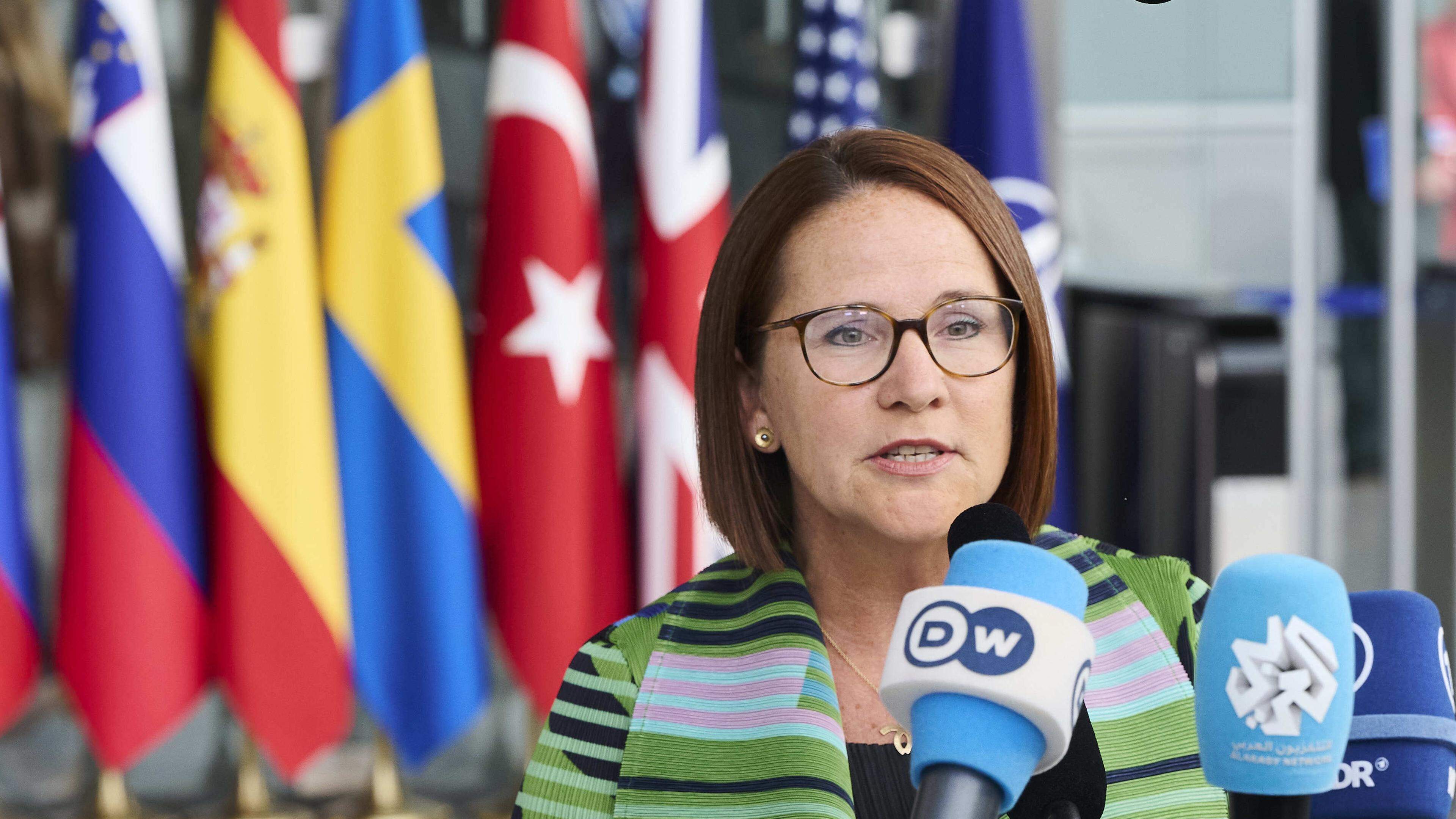How climate protection promotes economy and health – Diepresse.com

Fine dust and nitrogen oxides have far -reaching health consequences. Electrification of the transport sector would reduce health costs.
Studies show that climate protection clearly has positive effects on the economy, since investments in the energy sector can create jobs, reducing fossil imports and positive GDP effects can be achieved for both reasons (see Koland and Steininger (2024)). In addition, climate protection in traffic also has a very positive impact on people’s health, in particular via a reduction in fine dust and nitrogen oxide emissions, as well as a higher proportion of active mobility.
In the Budget Renovation Measure Act 2025, it was decided that an engine-related insurance tax must also be paid for electric vehicles that came into force on the beginning of April of this year. Despite this introduction, the new registrations of electrically operated new cars rose by 76.1 percent in April 2025 compared to the same period in the previous year (Statistics Austria 2025a). This is a good step towards complete electrification, but it is currently only 22.9 percent of total new registrations. It also has a disadvantage that in the package of measures for an area that has so far been particularly electrifying, which the small custody vehicle (delivery van) has significantly reduced the standard consumption for vehicles with fossil drive. In order to achieve complete electrification, on the other hand, their proportion must be increased quickly, because in 2024 only 3.83 percent of the vehicle stock was due to battery -electric cars and 2.34 percent together to trucks, buses and motorcycles (Begle et al. 2025).
So other, far -reaching measures that make electric vehicles make more attractive for private households and companies, but also measures that promote active mobility and reduce the kilometers driven in motorized traffic. According to the Federal Austrian Environmental Authority, about a third of the fine dust emissions of the transport sector come from the incineration process of diesel and petrol and two thirds are created by brakes, tire abrasion, street abrasion and arvel (Federal Environment Agency AT 2025). From a total economic point of view, around 30 percent of fine dust emissions can be attributed to the transport sector (statistics Austria 2025b).
The economic look
Every week, the National Economic Society (NoEG) in cooperation with the « press » creates a blog post on a current economic topic. The NoEG is a non -profit association for promoting economics.
Contributions from external authors do not have to correspond to the opinion of the « press » editorial team.
Fine dust and nitrogen oxides have far -reaching health consequences, such as chronic obstructive lung diseases, lung cancer, stroke and ischemic heart disease as well as diabetes mellitus type 2. In 2021, around five to ten percent of these diseases were attributed to fine dust pollution – this is what the German Environment Agency writes (DE 2024). The treatment of some of these diseases in turn creates considerable costs for the health system.
By electrifying the transport sector, the total fine dust emissions can be reduced by about five to ten percent. The reduction of the kilometers driven and an increase in active mobility can also significantly reduce fine dust emissions from the transport sector, which means that fine dust from the transport sector will be less responsible for diseases mentioned above. This not only leads to a better quality of life, but also to savings in the health sector, which initially benefits the health insurance companies and as a result of the state. In addition, this increases the productivity of the working population, disease days reduced and the number of working people increases (due to avoided deaths) (Dechezleprêtre et al. 2019).
Fewer days of illness, higher productivity
This has positive macroeconomic effects, since on the one hand the state has more money due to the lower health costs, to improve and expand other public services – this can increase the economic output as a whole, since an efficient system is created. Furthermore, increased productivity, fewer days of illness and the higher working population bring an increase in economic activity, since productivity gains and fewer disease days are done more work in the same time and more workers are available through a higher working population. All of this has a positive impact on economic output, which in turn increases tax revenue. A reduction of 1 µg/m3 Fine dust (PM2.5) Concentration (at 15 µg/m3 Average concentration, i.e. approx. Seven percent), leads to an increase in economic output measured by the gross domestic product of 0.5 to 1.5 percent (Dechezleprêtre et al. 2019).
So that the positive economic and health consequences of the electrification of the transport sector and the reduced mileage can be achieved, it is necessary to take measures as a government and to continue and to recharge the measures that help to achieve both as quickly as possible.
« />
The author: Samuel Dueli is environmental economist and scientific project employee at the Wegener Center for the climate and global change from the University of Graz. In his work, he deals with the economic and social effects of climate protection measures in the transport sector and their co-benefits. Updated
References:
Begle, Tobias, Christina Fischer, Johannes Hasibar, Chiara Kastler, Sophie Rammerstorfer, and Philipp Wieser. 2025. “Annual review 2024: Numbers, data & facts of electromobility.” Austriatech. https://www.austriatech.at/assets/uploads/publikation/jahresrueckblick_e-mobilitaet_2024_de.pdf
Budget renovation measures 2025. 2025. BSMG 2025. https://ris.bka.gv.at/dokumente/bgblauth/bgbla_2025_i_7/bgbla_2025_i_7.pdfsig
Dechezleprêtre, Antoine, Nicholas Rivers, and Balazs Stadler. 2019. “The Economic Cost of Air Pollution: Evidence from Europe.” OECD Economics Department Working Papers 1584. Vol. 1584. Oecd Economics Department Working Papers. https://doi.org/10.1787/56119490-en
Koland, Olivia, and Karl W. Steininger. 2024. “Economic benefits of Climate Action for Austria – a synthesis.” Graz: Wegener Center. https://www.klimafonds.gv.at/wp-content/uploads/2024/12/nutzen-climate-action_uni-graz_2024-1-29.pdf
Statistics Austria. 2025a. « 16.5 % more new car registrations in April 2025: Demand for alternatively operated cars very high. » Statistics Austria. https://www.statistik.at/fileadmin/announcement/2025/20250512KFZULEUSULESALLungenAr2025.pdf
———. 2025b. “Air emission bill from 2008 (Q).” http://statcube.at/statcube/opendatabase?id=deaea001
Federal Environment Agency AT. 2025. “Diesel vehicles as the main cause.” 2025. https://www.umweltbundamam.at/umweltthemen/mobilitaet/mobilitaetsdaten/staub-verkehr
Federal Environment Agency DE. 2024. “Significance of the fine dust pollution for health.” Federal Environment Agency. https://www.umweltbundeamt.de/daten/umwelt-gesundheit/gesundheitrisiken- Derk-feinstaub#undefined





/s3/static.nrc.nl/images/gn4/stripped/data133212332-41b949.jpg)

